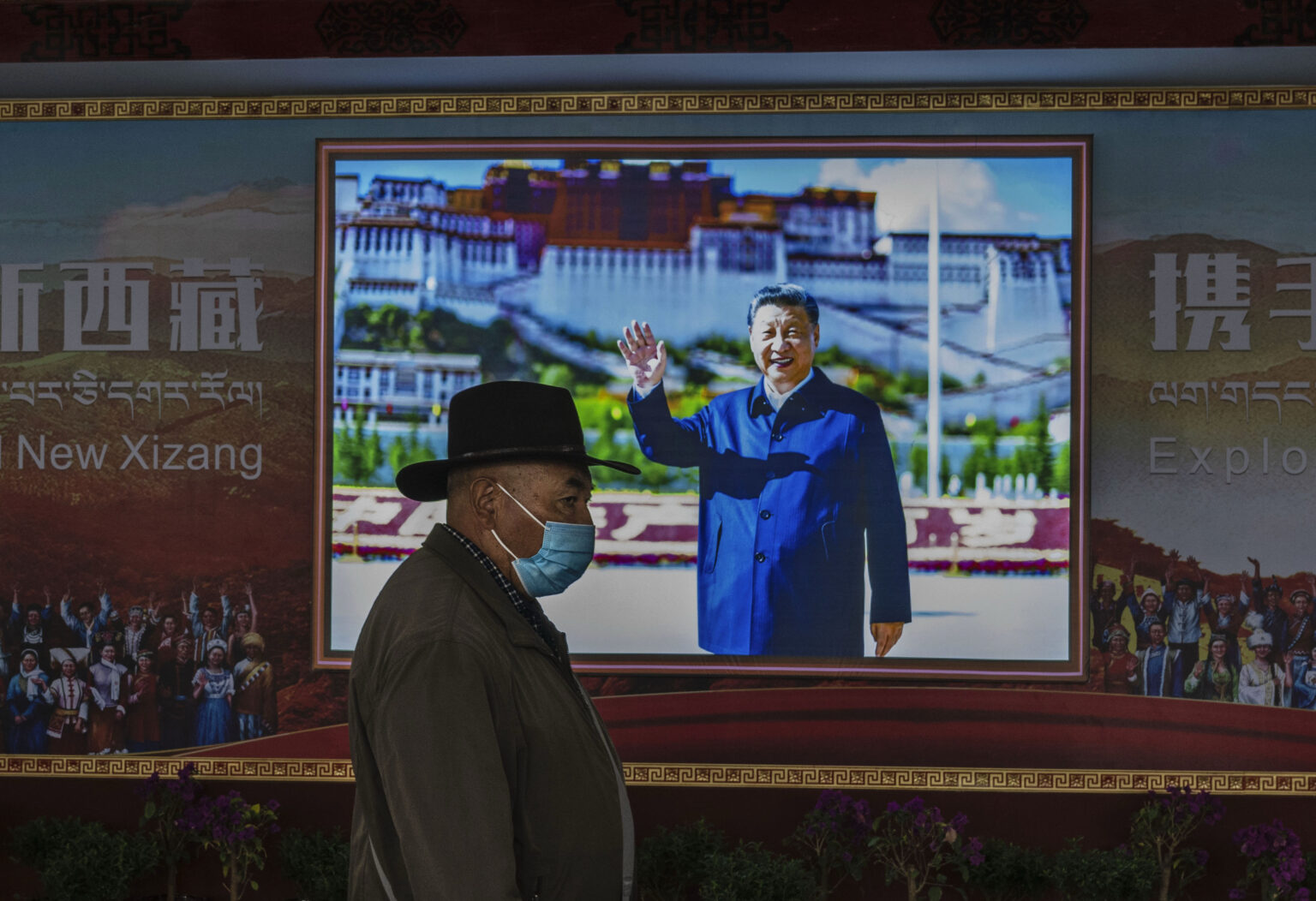China’s Strategic Expansion in Regional Information Warfare
In the wake of the Trump administration’s decision to drastically reduce its international broadcasting presence in Asia, China is rapidly consolidating its influence over regional narratives, edging closer to establishing a near-monopoly on information dissemination. This shift is particularly evident in areas where U.S.-supported outlets once provided critical coverage of Beijing’s oppressive policies against ethnic minorities.
Decline of U.S.-Funded Media and China’s Growing Reach
Recent analyses, based on publicly accessible data but not officially released, reveal that cutbacks at Radio Free Asia (RFA) and other outlets under the U.S. Agency for Global Media (USAGM) have created a significant vacuum. This gap has been swiftly filled by Chinese state broadcasters, which have expanded their broadcasting footprint across Asia. For instance, while RFA was broadcasting on approximately 60 shortwave frequencies as late as March, it has since ceased operations on those channels. Conversely, China’s state radio has added over 80 new frequencies during the same period, intensifying its propaganda efforts by jamming existing U.S. broadcasts and extending its own programming hours.
Strategic Implications of Media Reductions
The U.S. decision to curtail much of RFA’s shortwave broadcasting exemplifies a broader trend where policies aimed at countering China’s influence have inadvertently benefited Beijing’s strategic objectives. The reduction in U.S. international media efforts coincides with the dismantling of other influential programs, such as the U.S. Agency for International Development (USAID), which historically served as a counterbalance to Chinese soft power initiatives. Meanwhile, China has deepened its economic ties with nations affected by U.S. tariffs, further solidifying its regional dominance.
The Role of Shortwave Radio in Authoritarian Contexts
Shortwave radio remains a vital tool in authoritarian regimes’ information arsenals, especially in countries with tight internet censorship. Its ability to transmit signals over thousands of miles allows it to bypass digital restrictions, reaching audiences in remote or heavily controlled regions while preserving listener anonymity. In China, where access to independent media is tightly restricted-particularly in Tibet, Inner Mongolia, and Xinjiang-shortwave broadcasts serve as one of the few channels for uncensored information.
Impact on Ethnic Minority Regions
Despite the difficulty in quantifying listenership, even limited broadcasts can have profound effects in isolated communities. RFA played a crucial role in exposing Beijing’s mass internment of over a million Uyghurs in Xinjiang’s “reeducation” centers. However, since the end of March, RFA has ceased broadcasting in Tibetan and Uyghur languages. Meanwhile, China has introduced 26 new frequencies in Tibetan and 16 in Uyghur, significantly expanding its propaganda reach in these regions.
The Decline of Independent Media in China
The retreat of RFA marks the loss of one of the last independent media sources operating beyond Chinese government control. Beijing’s extensive censorship apparatus blocks nearly all foreign news and social media platforms, while investing heavily in expanding its own state-run radio stations abroad. These stations, managed by the Chinese Communist Party’s propaganda bureau, broadcast in over 65 languages and serve as a tool for shaping international perceptions.
Chinese Propaganda and Soft Power Strategies
China’s efforts to dominate the global narrative are part of a broader strategy to counter what it perceives as a declining “discourse power” in the West. Over the past few decades, Chinese propaganda has grown increasingly sophisticated, employing a variety of media outlets and cultural programs to promote a positive image of China and its policies. State media outlets like China National Radio and China Radio International (CRI) have undergone significant modernization, expanding their international reach and broadcasting in numerous languages.
Focused Messaging in Ethnic Regions
In regions like Xinjiang and Tibet, state broadcasters emphasize themes of national unity and ideological loyalty. Programs often highlight the achievements of Chinese leadership and promote the narrative of ethnic harmony, sometimes through culturally tailored content. For example, a recent Xinjiang tourism segment titled “How Can We Not Love Xinjiang” exemplifies efforts to foster regional pride, while Tibetan broadcasts feature extended excerpts from President Xi Jinping’s speeches, reinforcing loyalty to the central government.
The Future of Media Influence in Asia
As China continues to invest heavily in its media infrastructure, the landscape of information dissemination in Asia is shifting. The decline of independent outlets like RFA leaves a void that Beijing is eager to fill, ensuring that its narrative dominates in regions with limited access to free press. The ongoing expansion of Chinese state media, coupled with the suppression of dissenting voices, underscores the importance of understanding how information warfare is evolving in the 21st century.
Conclusion: The Geopolitical Significance
The strategic reduction of U.S.-backed media efforts in Asia and the concurrent rise of Chinese propaganda outlets reflect a broader contest for influence and narrative control. While the U.S. grapples with resource limitations and policy shifts, China’s relentless push to shape perceptions-both domestically and internationally-continues to accelerate. Recognizing these developments is crucial for policymakers and observers aiming to understand the future dynamics of global information warfare and regional stability.

